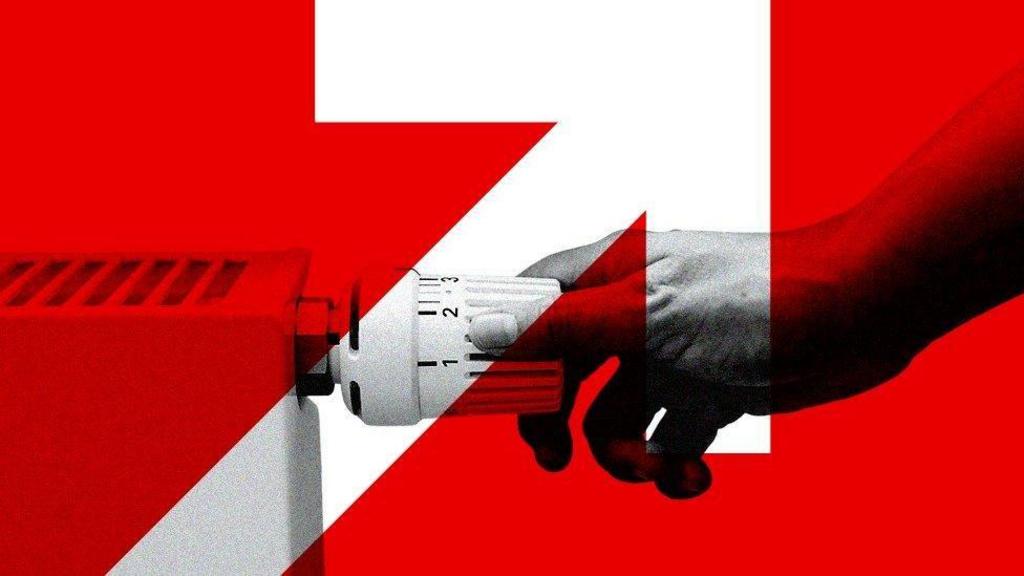Household gas and electricity bills are set to decrease in the coming months, following the implementation of a new energy price cap on July 1.
This reduction effectively reverses the increase experienced by millions of households on April 1, when the price cap was last adjusted.
The energy price cap establishes the maximum rate suppliers can charge consumers per unit of energy. However, actual bill amounts are contingent upon individual gas and electricity consumption.
Covering approximately 21 million households across England, Wales, and Scotland, the energy price cap is revised quarterly by Ofgem, the UK’s energy regulator.
It stipulates the highest permissible charge for each energy unit under a standard variable tariff for a typical dual-fuel household paying via direct debit.
Between April 1 and June 30, 2025, gas prices were capped at 6.99 pence per kilowatt hour (kWh), and electricity at 27.03 pence per kWh.
Consequently, the average annual bill for a dual-fuel direct debit household with typical energy consumption was £1,849, an increase of £111 from the previous cap.
On July 1, this figure decreased by £129 to £1,720.
For the period spanning July 1 to September 30, 2025, gas prices are capped at 6.33 pence per kilowatt hour (kWh), while electricity is capped at 25.73 pence per kWh.
Customers who remit their bills quarterly by cash or check will face higher charges, while those utilizing prepayment meters will experience slightly lower costs.
The price cap mechanism does not extend to Northern Ireland, which operates its own distinct energy market.
Individual energy expenditures are determined by total gas and electricity consumption, as well as the chosen payment method.
Factors such as property type, energy efficiency, household size, and prevailing weather conditions all contribute to variations in energy bills.
Ofgem’s price cap is predicated on a “typical household” consuming 11,500 kWh of gas and 2,700 kWh of electricity annually, with a single bill for both utilities settled through direct debit.
Direct debit is the prevailing payment method, facilitating the distribution of costs throughout the year. Customers opting for quarterly payments via cash or check incur higher charges.
Submitting a meter reading at the time of a price cap adjustment ensures accurate billing based on actual usage, preventing charges based on estimated consumption at incorrect rates.
This is particularly important during periods of price increases.
Customers with functional smart meters are exempt from manual meter readings, as their bills are automatically calculated.
As of January 2025, approximately four million households were equipped with prepayment meters, according to Ofgem data.
Between April and June, prepayment meter users paid slightly less than direct debit customers, with a typical bill of £1,803, reflecting a £113 increase from the prior quarter.
Effective July 1, prepayment meter households will continue to pay slightly less than those on direct debit, with an anticipated annual bill of £1,672.
While many prepayment meters have been in use for an extended period, some have been installed more recently in response to customers struggling to manage elevated bills.
Regulations introduced in November 2023 mandate that suppliers provide customers with expanded opportunities to resolve outstanding debts before transitioning them to a meter. Installation is prohibited in specific household circumstances.
Fixed-price energy contracts are not subject to the energy price cap, which is adjusted quarterly and can fluctuate.
These contracts provide price certainty for a defined period, typically a year or longer. However, consumers may be locked into a higher rate if energy prices decline during the contract term and may incur penalties for early termination.
Ofgem advises customers seeking predictable energy bills to consider fixed-rate contracts, emphasizing the importance of comprehending all associated costs.
Martin Lewis, founder of Money Saving Expert, recommends utilizing comprehensive energy price comparison websites to identify the most advantageous deals.
Standing charges represent a fixed daily fee encompassing the expenses associated with connecting to gas and electricity networks. These charges exhibit regional variation.
On April 1, the average electricity standing charge decreased from 60.97 pence to 53.8 pence, while the average gas standing charge increased from 31.65 pence to 32.67 pence.
Some customers in London and the North Wales and Mersey region experienced more significant increases.
Effective July 1, typical standing charges will decrease to 51.37 pence per day for electricity and 29.82 pence per day for gas.
Advocacy groups contend that standing charges disproportionately impact low-energy consumers, as they constitute a larger share of their overall bills.
In response, Ofgem has stipulated that energy providers must offer a choice of price-capped tariffs beginning in winter 2025.
One option would retain the current structure of a standing charge and unit rate, while the other would eliminate the standing charge but impose a higher unit rate. However, these proposals have been criticized for their complexity.
The Household Support Fund, established in September 2021 to aid vulnerable customers, has been extended until March 2026.
The Warm Home Discount scheme is undergoing revisions. Starting in winter 2025, individuals receiving means-tested benefits will automatically receive a £150 reduction on their bills, regardless of property size.
The government’s Fuel Direct Scheme assists individuals in repaying energy debts directly through benefit payments.
Furthermore, suppliers are obligated to offer affordable payment plans or repayment holidays to customers facing financial hardship.
Most suppliers also administer hardship grants.
The Nationwide reports that the decrease may be attributed to reduced demand following stamp duty adjustments in April.
A survey indicates a decline in the number of Northern Ireland residents experiencing occasional difficulties in paying their electricity and gas bills this year.
In a city where the birth rate has declined by a third in a decade, financial pressures are cited as a primary factor.
With the rising cost of new games, some gamers worry their favourite hobby is becoming unaffordable.
With the rising cost of new games, some gamers worry their favourite hobby is becoming unaffordable.

